Description
Lupin meal for sale: Discover the benefits of lupin meal as a protein-rich feed for cattle. Learn about its nutritional value, advantages for cattle feeding
Lupin meal for sale
Lupin Meal: A Sustainable and Nutritious Feed Option for Cattle
As the demand for sustainable and cost-effective feed sources for livestock continues to grow, lupin meal is emerging as a compelling option for cattle producers. Derived from lupin beans, a legume crop, lupin meal offers a unique combination of high protein content, digestible fiber, and essential amino acids, making it a valuable addition to cattle diets. This article explores the benefits, considerations, and potential of using lupin meal in cattle feeding programs.
What is Lupin Meal?
Lupin meal is a byproduct of lupin bean processing, typically after the oil has been extracted. Lupin beans, particularly sweet varieties, are gaining popularity due to their low alkaloid content, which eliminates the need for extensive dehulling and processing. This makes lupin meal a more readily available and cost-effective feed ingredient.
Lupin meal for sale
Nutritional Advantages of Lupin Meal for Cattle:
- High Protein Content: Lupin meal boasts a protein content ranging from 30% to 40%, depending on the variety and processing methods. This makes it an excellent substitute for traditional protein sources like soybean meal or canola meal, contributing significantly to muscle growth, milk production, and overall animal health.
- Digestible Fiber: Unlike some other protein sources, lupin meal contains a significant amount of digestible fiber. This fiber supports rumen health by promoting cellulolytic bacteria activity, leading to improved digestion and nutrient absorption.
- Essential Amino Acids: Lupin meal provides a good profile of essential amino acids, including lysine and threonine, which are crucial for protein synthesis and overall animal performance. This can help optimize growth rates and feed efficiency.
- Palatability: When introduced gradually into the diet, cattle generally find lupin meal palatable, contributing to consistent feed intake.
- Potential for Reduced Nitrogen Excretion: Some research suggests that lupin meal inclusion in cattle diets can lead to reduced nitrogen excretion compared to other protein sources. This can contribute to a lower environmental impact from ammonia emissions from livestock operations.
Incorporating Lupin Meal into Cattle Diets:
While lupin meal offers significant benefits, careful consideration is required when incorporating it into cattle feeding programs:
- Gradual Introduction: Introducing lupin meal gradually over a period of several days or weeks allows the rumen microbiome to adapt, minimizing the risk of digestive upset.
- Balanced Rations: Lupin meal should be incorporated into well-balanced rations that meet the specific nutritional requirements of the cattle based on their age, stage of production, and breed.
- Consider Alkaloid Levels: While sweet lupin varieties have low alkaloid levels, it’s important to ensure that the lupin meal is sourced from reputable suppliers who adhere to quality control standards. Excessive alkaloid levels can lead to reduced feed intake and potential health problems.
- Monitoring Animal Performance: Regularly monitoring animal performance, including growth rates, milk production, and overall health, is crucial to assess the effectiveness of lupin meal inclusion and make necessary adjustments to the diet.
- Potential for Bloat: Like other legume-based feeds, caution should be exercised to prevent bloat, especially in grazing cattle. Strategies such as providing ample roughage and gradually introducing lupin meal can help mitigate this risk.
Sustainable and Economic Benefits:
Lupin meal offers several sustainable and economic advantages:
- Sustainable Crop: Lupin crops are nitrogen-fixing legumes, contributing to soil health by reducing the need for synthetic nitrogen fertilizers.
- Lower Carbon Footprint: Compared to some imported protein sources like soybean meal, locally sourced lupin meal can have a lower carbon footprint due to reduced transportation distances.
- Cost-Effective Alternative: In many regions, lupin meal can be a more cost-effective alternative to traditional protein sources, offering potential savings for cattle producers.
- Diversification of Feed Sources: Incorporating lupin meal into cattle diets contributes to diversification of feed sources, reducing reliance on single commodities and increasing resilience to market fluctuations.
Conclusion:
Lupin meal presents a valuable and sustainable feed option for cattle producers seeking to optimize animal nutrition and productivity while minimizing environmental impact. Its high protein content, digestible fiber, and favorable amino acid profile make it a compelling alternative to traditional protein sources. By carefully considering the factors outlined above and working with qualified nutritionists, cattle producers can successfully incorporate lupin meal into their feeding programs and reap the benefits of this versatile and sustainable ingredient. As research continues to unlock the full potential of lupin meal in animal nutrition, its role in sustainable cattle production is likely to expand further.
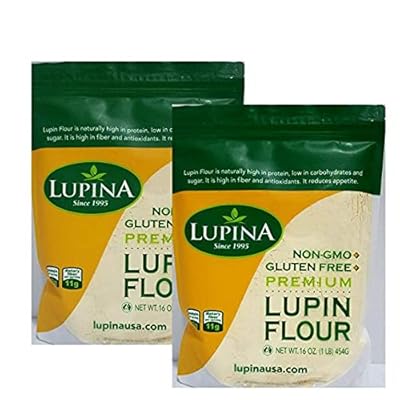

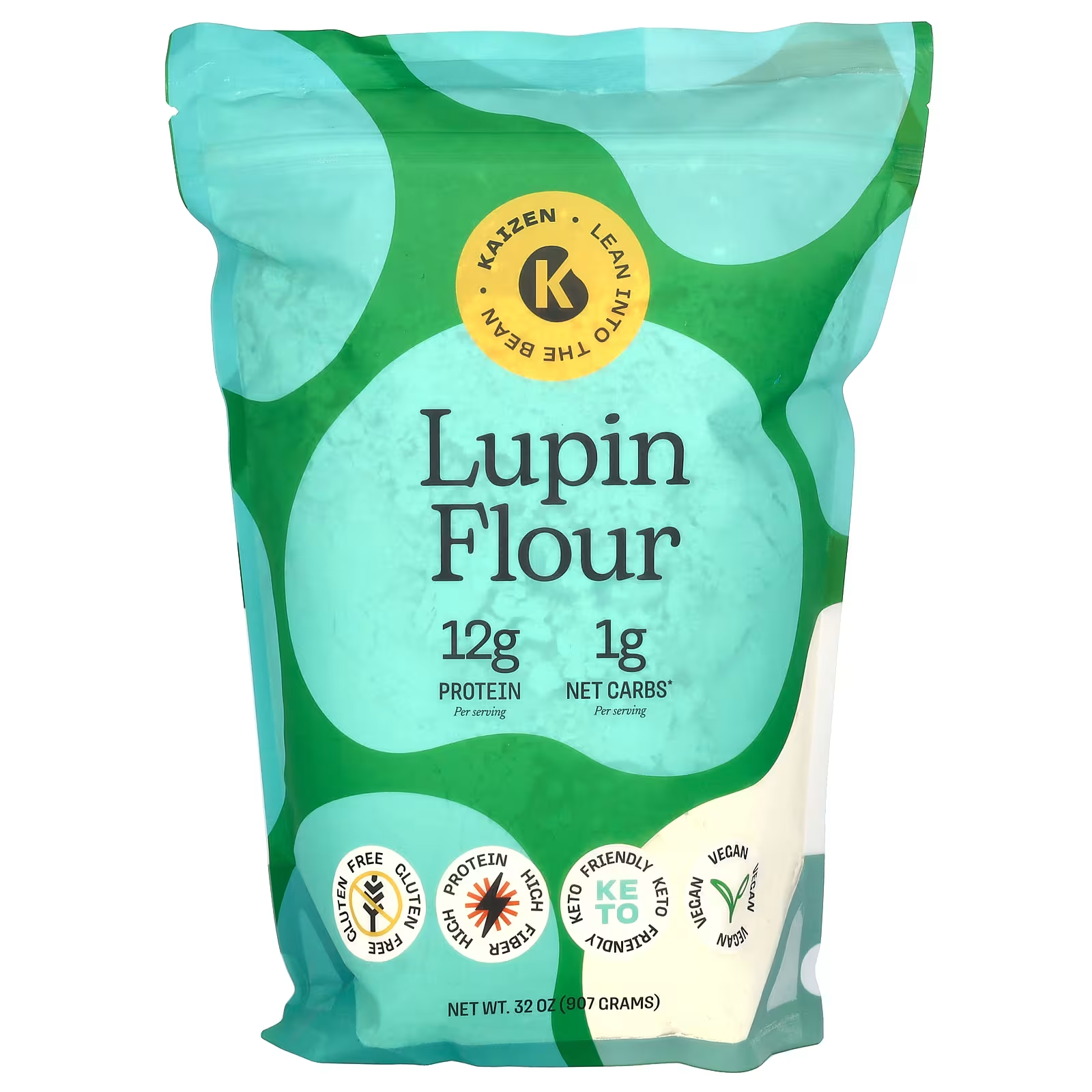



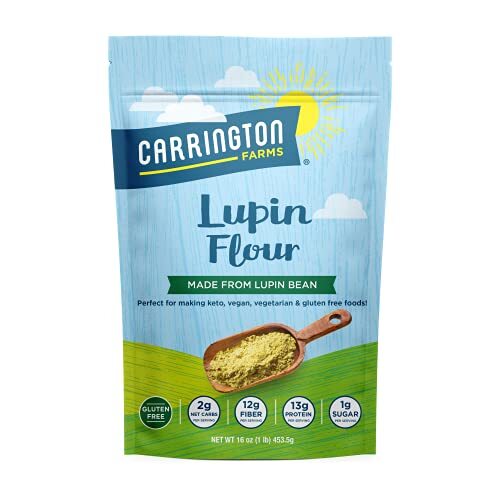

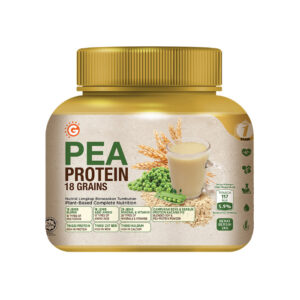


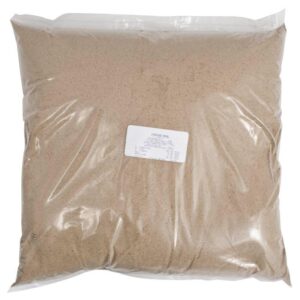



Reviews
There are no reviews yet.